Conclusion
Pros
- Well-built and solid lens with well damped zoom and focus rings
- Relatively light weight for its size
- Quite sharp, especially at the wide end of the zoom range, providing good resolution into the corners stopped down and excellent central sharpness at all apertures
- Excellent color and contrast throughout the zoom and aperture range
- Great control of chromatic aberrations for a wide-angle zoom
- High resistance to flare, especially at the wide end of the zoom range
- Good optical stabilizer allows for longer handholding
- Good control of distortion
- Quick and quiet autofocus
- Low vignetting
Cons
- Large for a mirrorless lens
- Aperture ring is unmarked and has no hard stops, despite being a constant aperture zoom
- Autofocus can sometimes fail to lock on in dim light
- Busy bokeh (when you can create some blur)
- Expensive
Fuji has created yet another very solid lens for the X-System. The 10-24mm provides a very useful focal range, covering everything from the extremely wide 10mm to a much more moderate wide-angle view at the 24mm end. Image quality is very high throughout, but especially at the wider end of the zoom, where the lens is simply outstanding. While it’s not going to best the truly excellent Fuji 14mm in this range, it really doesn’t end up too far off of that lofty standard of performance.
Ultimately, this lens is about quality imaging and convenience. Rather than carrying two or three lenses to cover the wide-angle range, one can simply grab this one lens and get excellent images over a wide range of focal lengths. The image stabilizer and quick focus add even more of a reason to pick up this lens. At $999, the lens isn’t cheap, though it’s not a particularly out of line price compared to the competition. High quality ultra-wide f/4 zooms typically come in around the $700-850 mark, but few feature optical stabilization. If you are in the market for a versatile, high quality lens with some extreme width, this is it.
Image Samples
Click on an image to enlarge

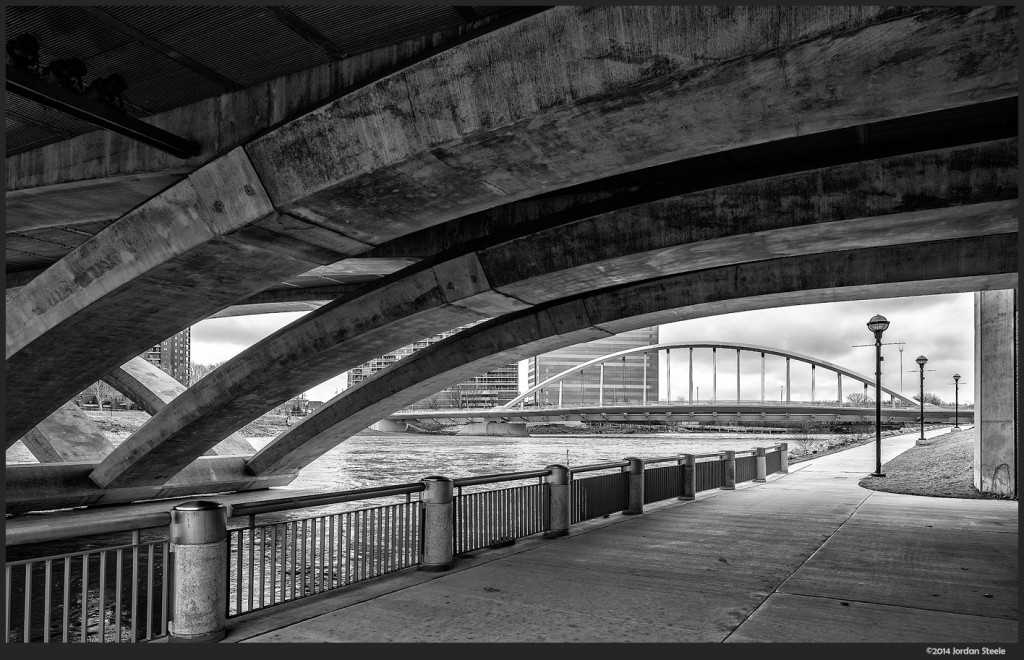
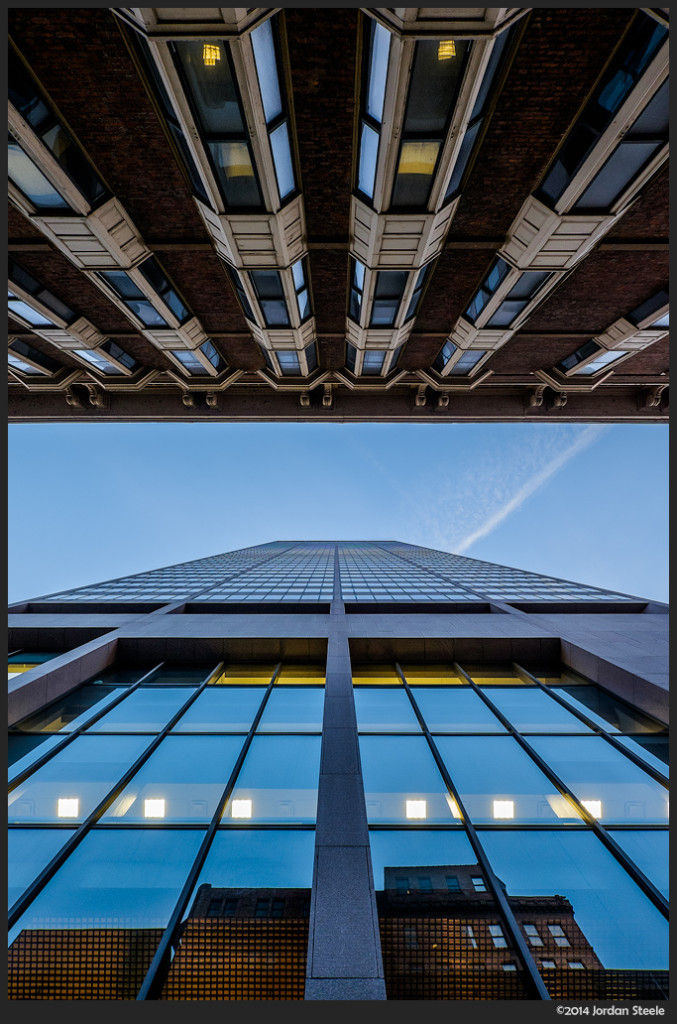
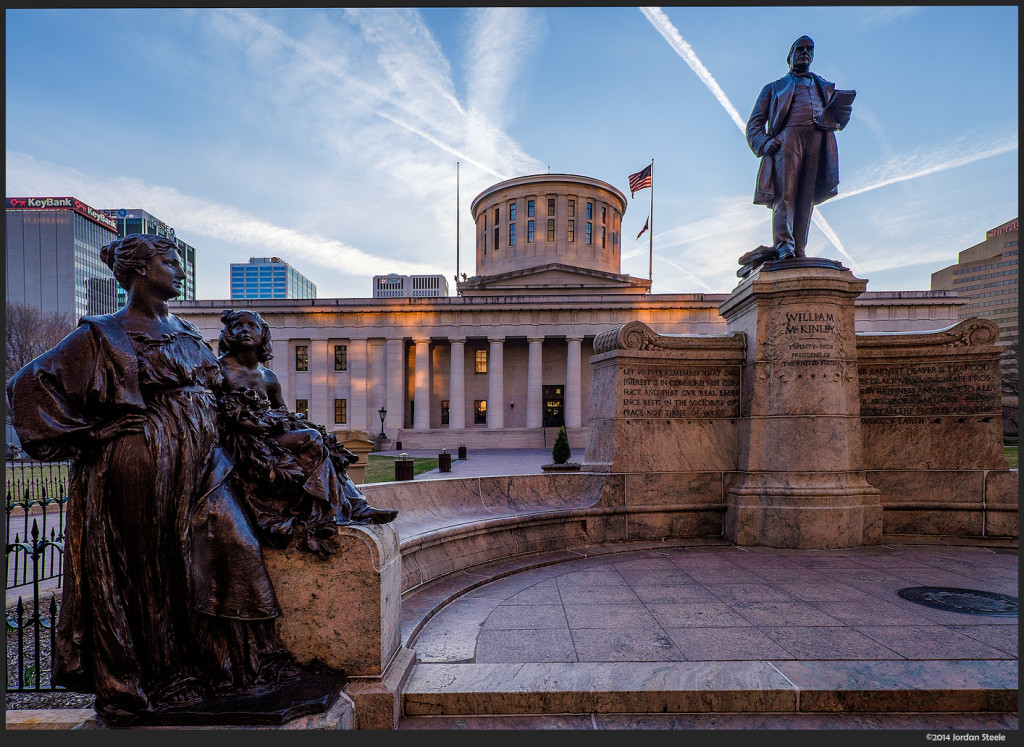
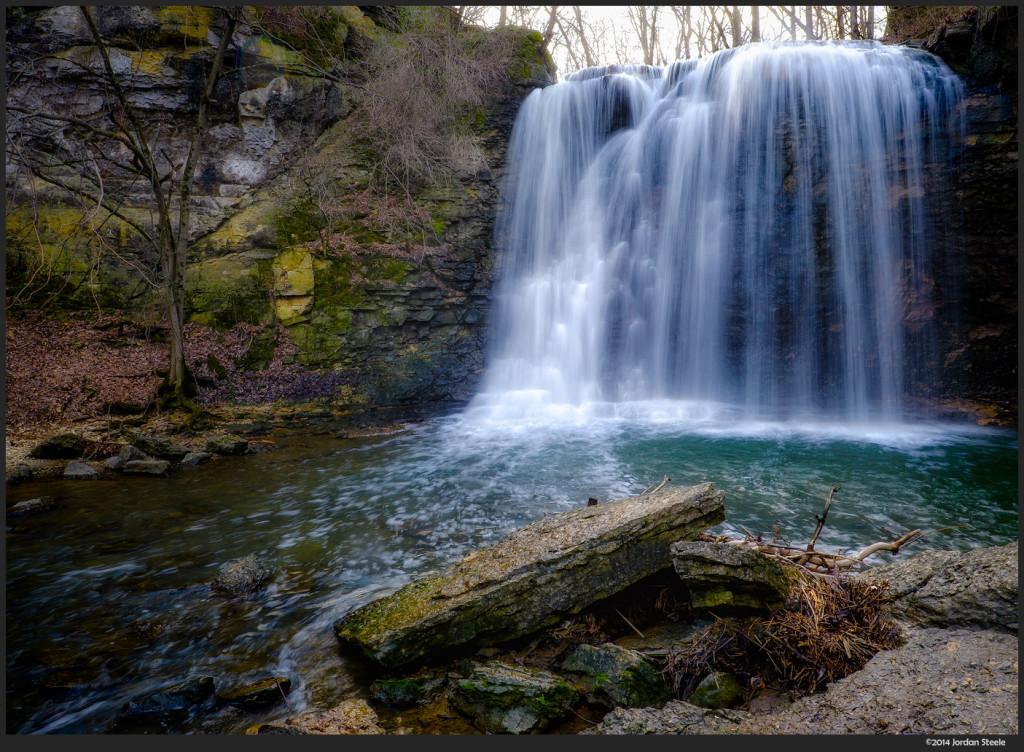

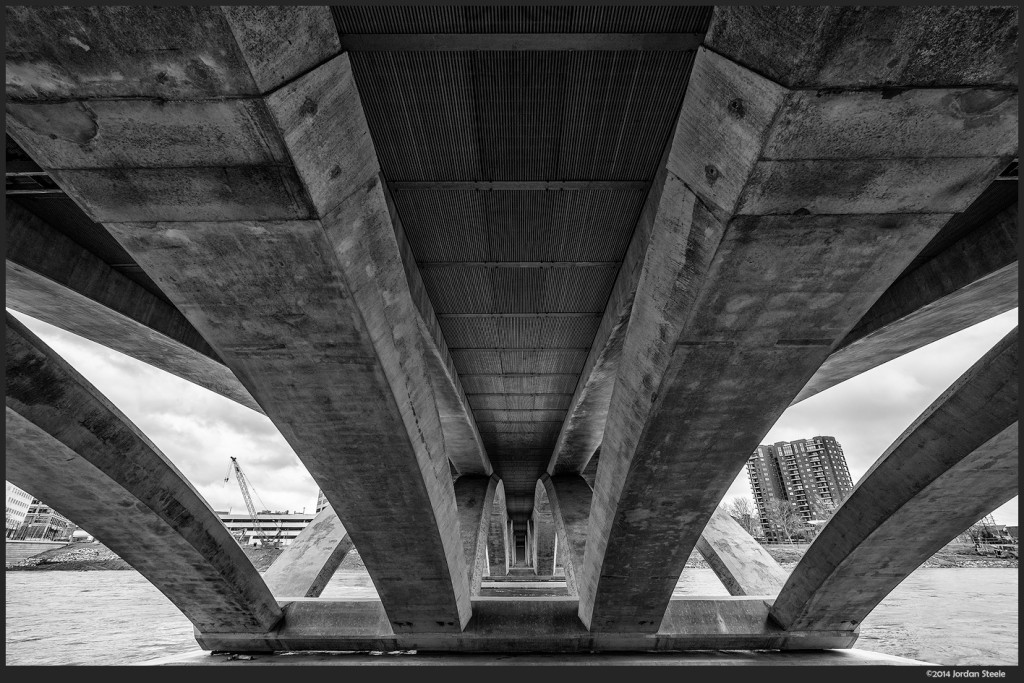

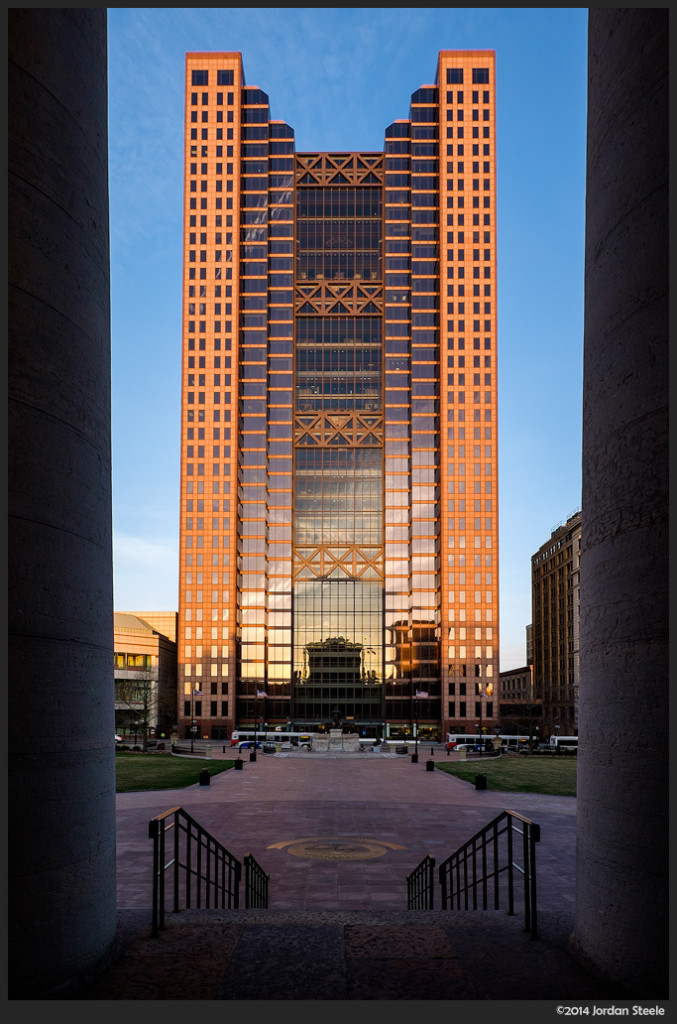

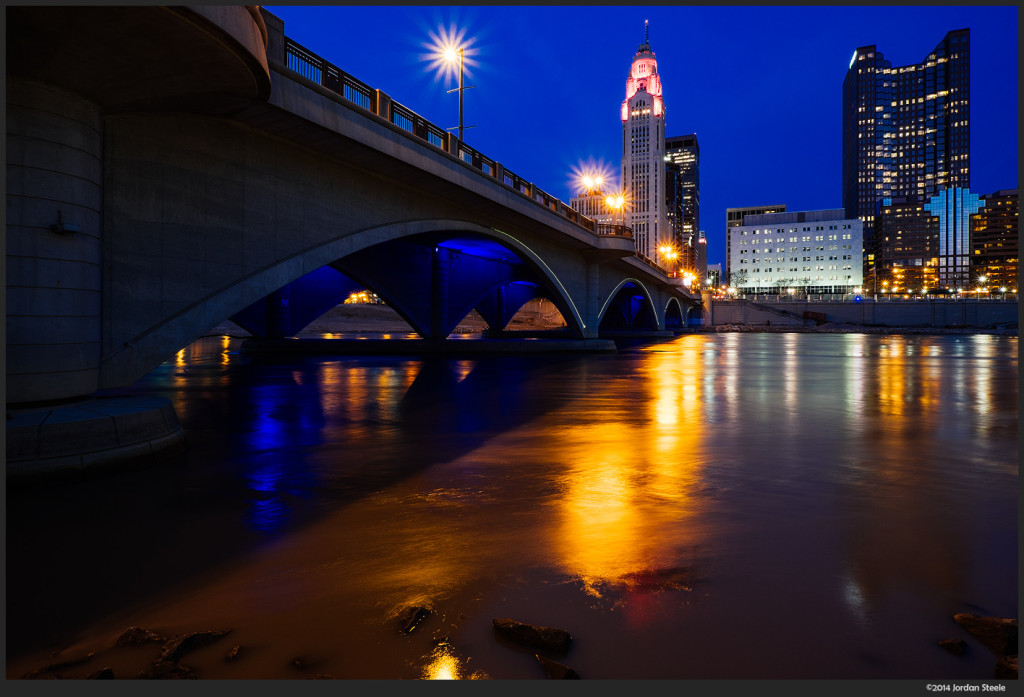





Leave a Reply